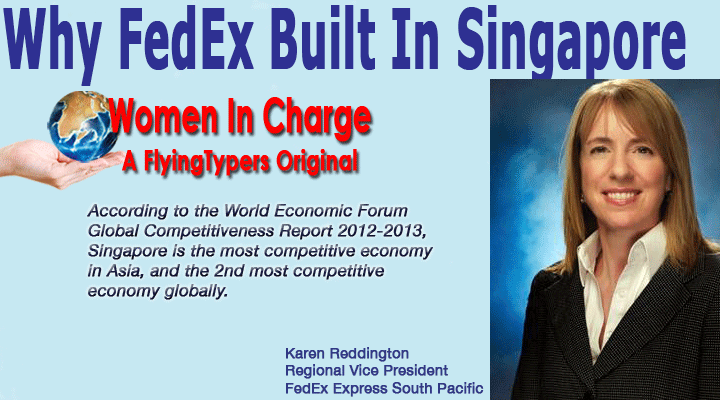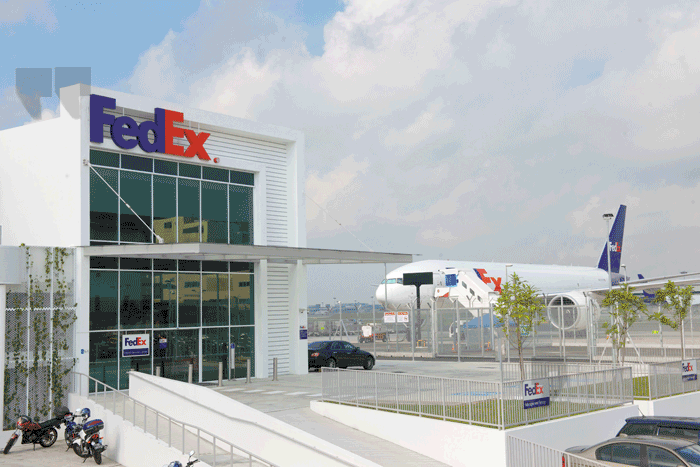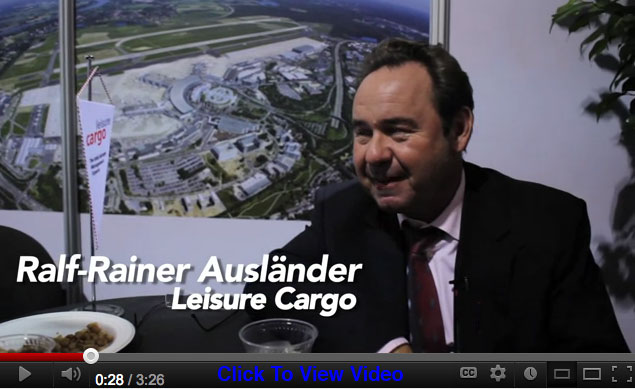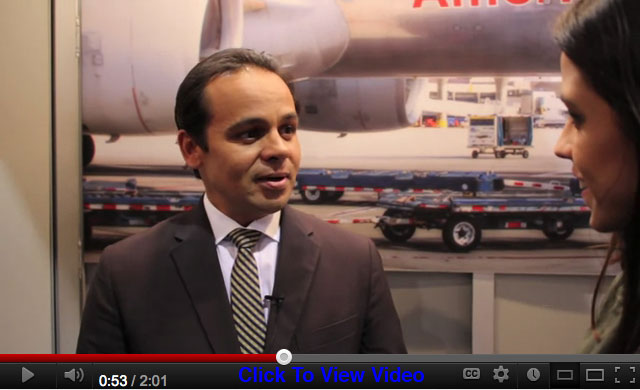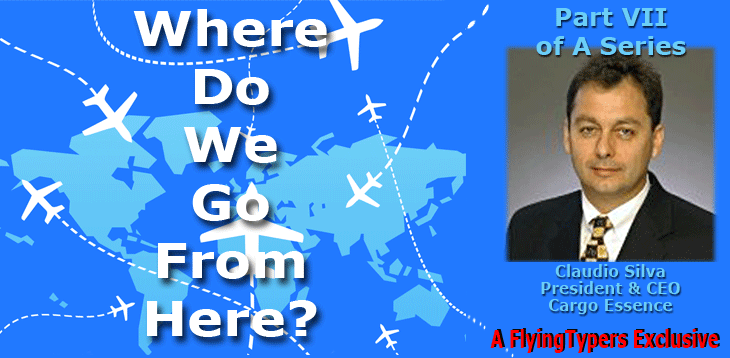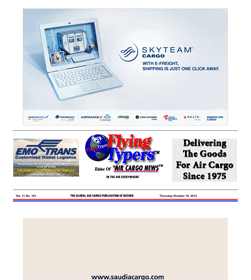 |
 |
|
| |
||
|
Vol. 11 No. 102 Tuesday October 23, 2012 |
|
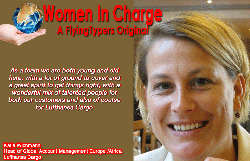 Katja Wichmann |
 Ingrid Sidiadinoto |
 Meta Ullings |
|
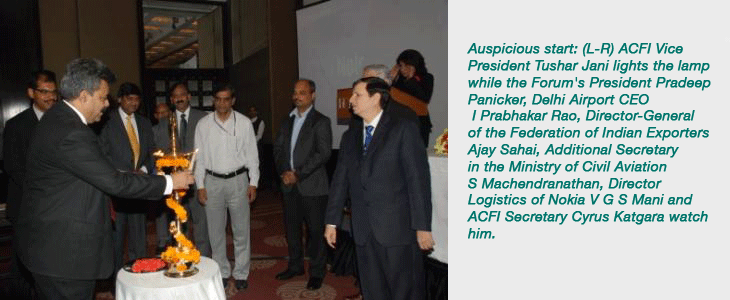 |
The members of
ACFI comprise all segments of the air cargo
logistics chain: carriers, freight forwarders,
cargo terminal operators, integrators, courier
and express operators, airport operators,
general sales agents, customs house agents,
and several associations connected to the
air logistics industry spanning the export-import
trade, chambers of commerce, etc.
As the
first President of ACFI and the Chief Commercial
Officer of the Delhi International Airport,
Pradeep Panicker outlined on the sidelines
of the launch show that the forum would work
to bring innovation to achieve high standards
in operational excellence. It would also seek
best practices in handling, processes, and
infrastructure facilities at all levels of
the air cargo supply chain.
With so
many other bodies in the country —all
related to air cargo—one wonders if
there was any need for another new association.
Panicker told FlyingTypers: “Yes,
there was a need. ACFI,” he pointed
out, “was an umbrella organization that
would have a macro perspective of the industry.
Perhaps, more important than anything else,
the forum will be positioned as a catalyst
between the trade and government and will
sort out contentious issues.” The work
of the forum is cut out: it will be a catalyst
facilitating air cargo growth. It will also
usher in economic efficiencies in the system
while collaborating with the government’s
bodies like Customs, the Ministries of Finance,
Commerce and Civil Aviation, the Directorate
General of Civil Aviation, the Bureau of Civil
Aviation Safety, etc., for user-friendly policies
and regulation.
Importantly,
the ACFI’s founding members are all
key players from various segments of the entire
air logistics industry. With the Delhi international
airport–and the most important one at
that–backing, supporting and promoting
the initiative, the ACFI is on a solid footing.
Said Delhi Airport CEO I. Prabhakar Rao: “Our
aim is to make the Delhi Airport the cargo
hub of India and the ACFI would convert that
aim to action.”
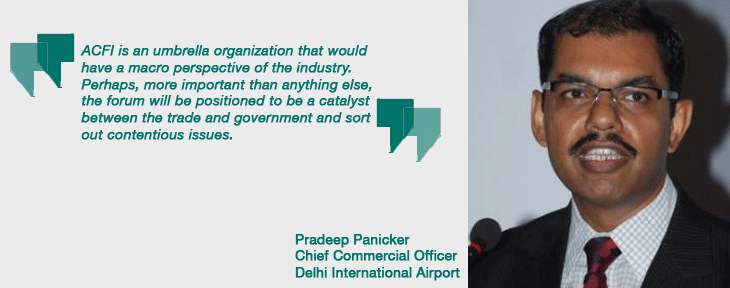 |
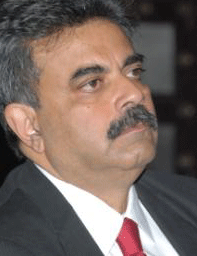 Among
the founder members along with Delhi airport
are: Lufthansa, DHL, the Cargo Service Center
(CSC) and Celebi (both have new state-of the-art
cargo terminals at the airport), top freight
forwarder Cyrus Katgara, and founder-promoter
of Blue Dart and present Chairman of CSC,
Tushar Jani, left (he is also the Vice President
of ACFI).
Among
the founder members along with Delhi airport
are: Lufthansa, DHL, the Cargo Service Center
(CSC) and Celebi (both have new state-of the-art
cargo terminals at the airport), top freight
forwarder Cyrus Katgara, and founder-promoter
of Blue Dart and present Chairman of CSC,
Tushar Jani, left (he is also the Vice President
of ACFI).
One of
the major initiatives that ACFI proposed to
take up was the development of regular dialogues
with the government agencies where the air
cargo industry’s viewpoints on major
developments and government policies that
would affect the industry would be presented.
The objectives
of the ACFI include the promotion of cooperation
among its members with regard to matters of
mutual and common interest and to assist members
in securing better facilities or improve the
existing facilities at airports and elsewhere
for the benefit of smooth and efficient handling
operation at the airports. ACFI wants to promote
and diffuse knowledge about air cargo business
and air cargo handling/processing—a
feature of which many new entrants in the
business are still unaware.
Whether
ACFI would have the ability to bring about
a change in the air cargo business—first
from Delhi and later, hopefully, from all
the important international and domestic airports
across the nation—will be watched with
interest. The fact that the forum has the
blessings of the ministry of civil aviation
(a senior bureaucrat was present at the launch)
has already placed it on a growth trajectory.
Tirthankar Ghosh
|
|
|
Get
On Board Air Cargo News FlyingTypers |
Aviation
and air cargo related video delivered by
the web to your computer or other mobile
device should in no way be called “TV”.
|



